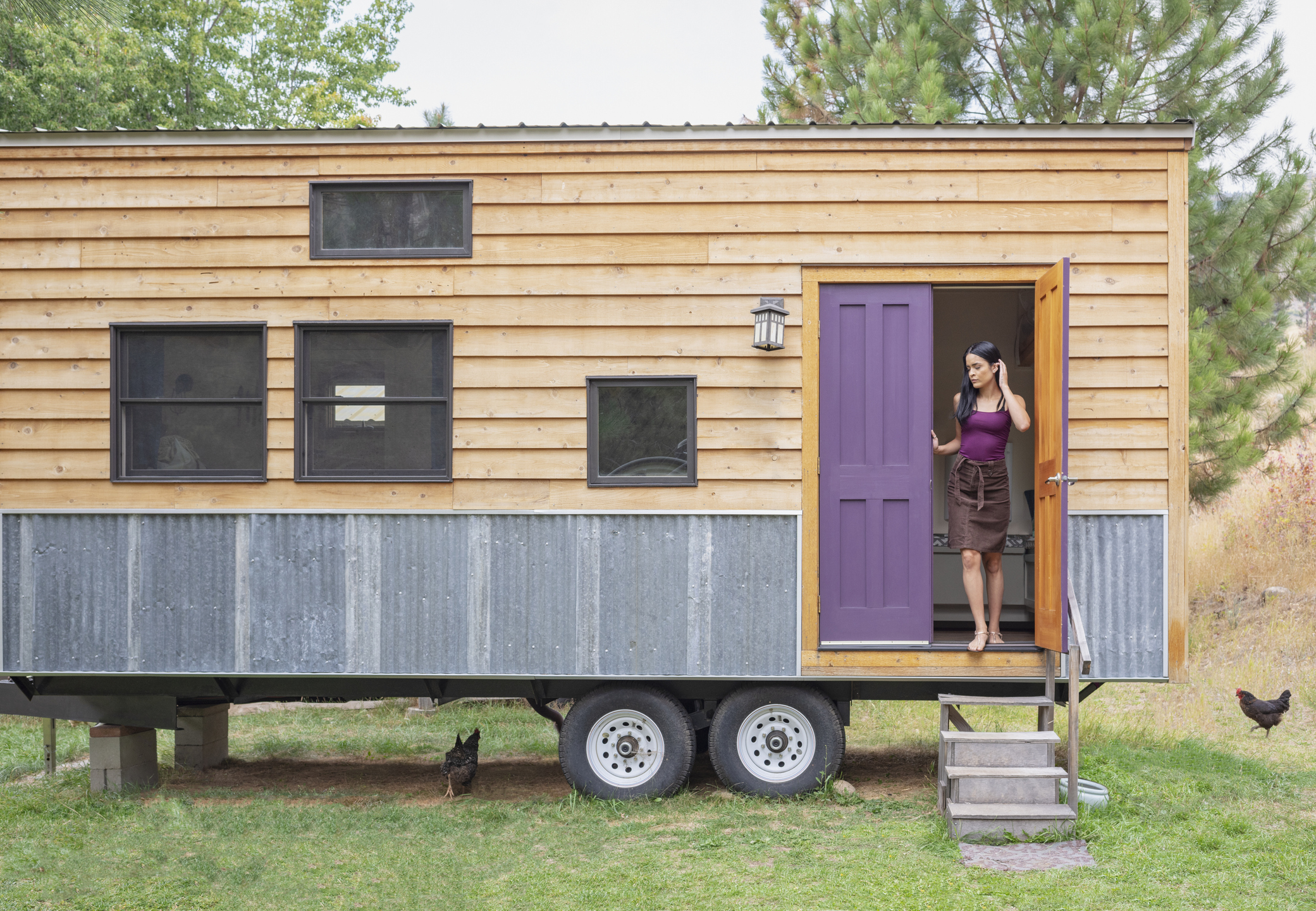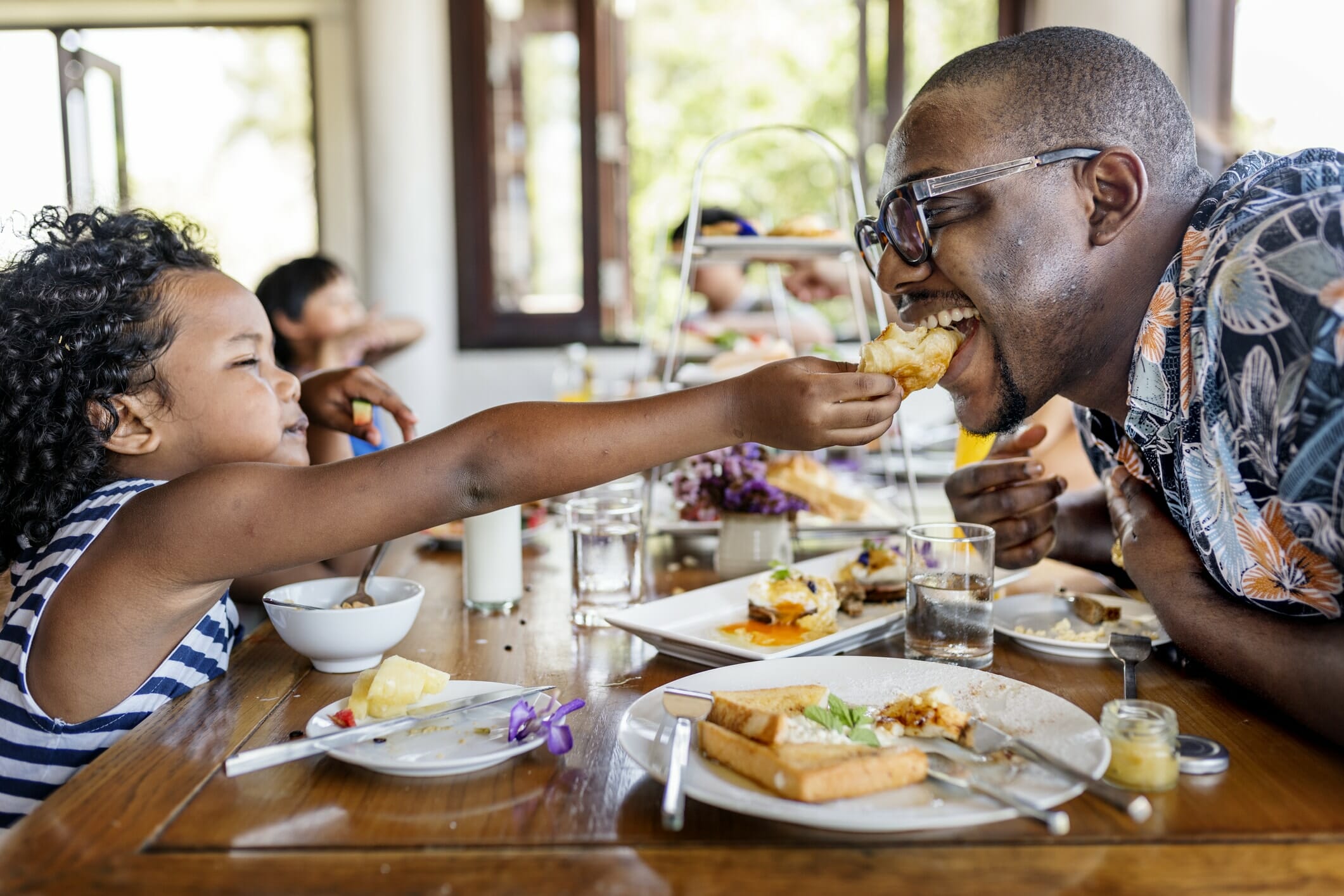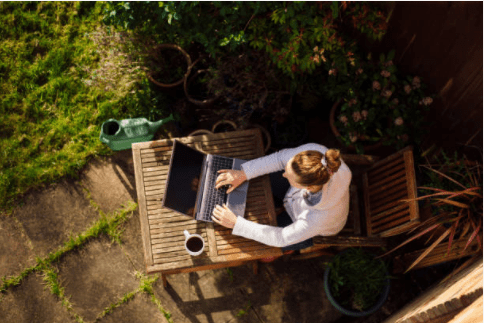It’s easy to see the appeal of tiny house living. If you have ever felt the sting of big city rent or a costly mortgage, you may have already dreamed of downsizing. Tiny houses are popular for a reason. You can own less, live a simpler lifestyle, and best of all — enjoy lower bills.
After binge-watching Tiny House Hunters, you may be eager to sell everything and start looking for a small place. But before trading down, it’s important to know the costs of what you are getting into. We spoke to tiny house experts to learn what you should expect.
Why live in a tiny house?
If you have considered living in a tiny home, you are in good company. More than half of Americans are open to trying a house that’s less than 600 square feet. And for millennials, the number jumps to 63%, according to a recent National Association of Home Builders survey.
“It calls to our nomadic nature and the freedom we all want to experience,” says Chrissy Kirkwood, Owner of Kirkwood Property Group in Nashville, TN. “You may have fewer bills and more free time.” Kirkwood has spent the past five years researching alternative housing and loves the flexibility of tiny homes.
Kirkwood is one of many entrepreneurs driving the modern-day tiny house movement. Some trace the origins back to 1854 when Henry David Thoreau wrote about 150 square foot living in Walden. More than 100 years later, Portland, OR became one of the first major cities to allow accessory dwelling units (ADUs).
It’s tough to pinpoint exact tiny house numbers without U.S. census data. But since the Great Recession, news coverage and social media show a surge in tiny house popularity. “It’s the wave of minimalism paired with a desire to be financially independent,” says Chris Browning, creator and host of the Popcorn Finance podcast. “Plus, the housing market is pricing a lot of folks out.” To learn more, Browning devoted an entire series to tiny living earlier this year.
How much does a tiny house actually cost?
Have you been drooling over stylish, tiny living photos for a while? Your next question may be, “well, how much does a tiny house cost?” Unfortunately, there isn’t a simple answer. Tiny houses can range from Amazon’s $7,250 studio cabin, to designer properties priced at $1.1 million. This doesn’t make budgeting for your tiny house easy.
According to Tiny Home Builders, 20 foot DIY tiny homes may cost $15,000 to $20,000 for the materials alone. Once you receive them, you either have to do it yourself — assuming you have all the tools — or pay for the labor. There are always unplanned expenses, too. Things like nails, metal ties, caulk, paint, and tool maintenance add up more quickly than you expect. If you prefer a contractor, you can expect to pay at least $45,000. By adding upgrades like appliances or solar panels, that number only increases.
Some folks opt for non-traditional spaces, which makes it tougher to figure out the average cost. Cat Carroll, travel expert at Money Done Right, chose a 22 foot school bus for tiny living. She spent $6,000 on the bus, plus another $7,000 to make it livable. Carroll and her partner have also incurred bus-specific expenses like diesel, oil changes, and new tires. If you pick something similar, you may need to do a lot more upfront research.
You also need a place to put your tiny house. Your options are to buy a piece or land or rent someone else’s property. Kirkwood says many people stop the tiny house buying process when they can’t find a place to park it. With the potential for so many added expenses, doing your research ahead of time is critical. “Take the time to truly understand the costs,” Browning recommends.
Tiny house financing is complicated
Tiny houses may be well below the average cost of homes in your area. But there is one major catch that makes them difficult to buy — you can’t get a mortgage.
Mortgage underwriting is a complicated process and tiny houses present a few unique issues. To get approved for a mortgage, lenders need an appraisal. Without any nearby “comps,” tiny houses can be difficult to value. Some lenders also require minimum square footage. If your tiny house has wheels, it won’t qualify for a traditional mortgage, either. Kirkwood says financing can be a deal-breaker for some folks. But you shouldn’t let money hold you back. Some tiny home builders do offer payment plans.
Other financing options may include getting a home equity loan, RV loan, personal loan, or using 0% interest credit cards. Browning warns that loan interest rates may be high. “The more you can cover in cash the better,” he adds. Borrowing money from family and friends is another way to pay for it.
Experiment with a tiny house living “test run”
If you have the money, the next step is figuring out if a tiny house actually fits your lifestyle. “Tiny house living isn’t for everyone,” Browning points out. You may realize there isn’t enough space. To be sure, he recommends doing a test run before making a more permanent move.
Kirkwood also suggests trying tiny living within your current home. Experiment with different small space concepts by transforming a bedroom into your full living area. She says the small space can help you figure out what is essential — and what you can do without.
The tiny living experiment will also buy you some extra time to save money. Even if you feel comfortable with what you have set aside, it never hurts to add a buffer. The more cash you have, the more options will be available to you.
The tiny house movement isn’t just about saving money
There are plenty of drawbacks to tiny house living. But for some, the non-financial benefits are worth the trade-off. Carroll says tiny living offers her unparalleled freedom to travel. This is something she never had working full-time, with a traditional home. “Our rich experience has far outweighed any inconvenience,” she says.
Some folks prefer a more sustainable, earth-friendly lifestyle. It may be possible to use less energy with a tiny home. You can choose a compostable toilet or solar panels. If Marie Kondo-style minimalism piques your interest, owning less may also be attractive. “Tiny homes ask you to make a lot of value decisions. What things do you really need and care about?” Browning asks.
Communal living could be another perk. Kirkwood says a tiny house community can be a beautiful experience, especially with shared amenities. You may get the opportunity to cook food or make music with your neighbors. The balance of a small, basic home with shared spaces may offer the best of both worlds.
You need a plan for tiny house living
The world of tiny house living may seem picturesque and carefree. But there is a lot to consider before diving into a brand new lifestyle. Living in the moment is a good thing, but what about your family’s future? Is paying for a tiny home something you can truly afford? By doing some research and planning for what-ifs now, you will set yourself up for a much better experience long-term.



